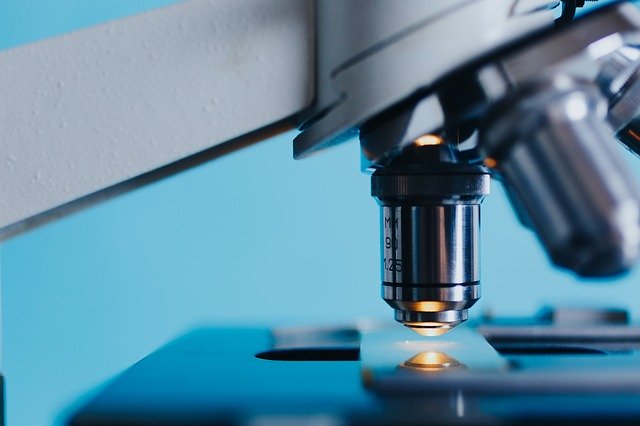
The discovery of an important virus structure by researchers in Monash University may contribute to the development of new antiviral drugs that could halt viral replication.
Scientists from the Monash Biomedicine Discovery Institute (MBDI) have uncovered the structure of a protein complex that is essential for the poliovirus to reproduce. The poliovirus is part of the picornvirus family of viruses, which also includes the virus responsible for the common cold.
According to Monash media, “poliovirus delivers RNA into our cells that contains the code for making more copies of itself. To do this it needs to trick our cellular machinery (the ribosome) into docking at one end, allowing it to read the RNA sequence to make viral proteins.”
Using cryo-electron microscopy and other biophysical methods, the scientists were able to demonstrate the mechanism by which the protein binds to the poliovirus’ internal ribosome entry site (IRES), allowing the ribosome to dock in the first stage of viral RNA translation.
Professor Jackie Wilce of the Jackie and Matthew Wilce Laboratory at MBDI says the study’s findings were important for understanding the biology involved, but may also spark new ideas to develop a novel class of antiviral therapeutics that interrupt viral replication.
Scientists have been interested in the structure of the virus for many years but the Monash study marks the first time that it was seen on 3D.
“This is like the icing on the cake to be able to see it in three dimensions,” Professor Wilce said. “It’s always amazing to be the first to visualise a molecular structure that no eyes have ever set on before.”
Drs. Simone Beckham and Mehdi Matak are the joint first authors in the study with Professors Jackie and Matthew Wilce joint senior authors. They received expert input from Dr Matthew Belousoff, Hari Venugopal and Dr Hans Elmund for deriving the cryo-EM structure. Vital contributions were also made by other Wilce lab members along with Professor Bert Semler and Dr Joseph Nguyen. The research was supported by the Australian Synchrotron for the collection of some data.
The work is part of an NHMRC-funded project in the Wilce lab aimed at better understanding viral replication and development of novel antiviral inhibitors.
Image by Konstantin Kolosov from Pixabay

















